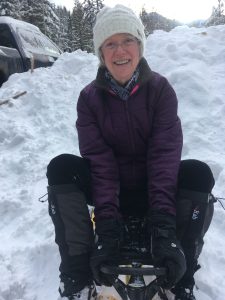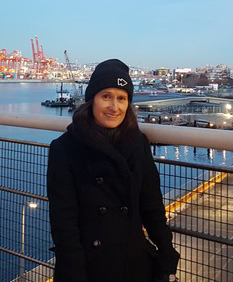 Whistler, British Columbia
Whistler, British Columbia
Joan generously shared her story with us in the summer of 2023.
Joan’s journey with melanoma began back in 2006. She had a family history of skin cancer, her father having been diagnosed with non-melanoma skin cancer, a risk factor not a lot of people know about. Reflecting on her experience, Joan stresses that melanomas are not always textbook cases. Her melanoma, she knew, was atypical.
Joan had an unusual spot on her temple. It looked like a small zit that wouldn’t heal. She visited three doctors, each attributing the growth to a simple cyst. “Soak it, put some cream on it, it’ll go away,” they said. Joan admitted that she rarely put her needs and concerns first, so her decision to consult a doctor was something she could only attribute to “angels watching over me.”
Her perseverance led her to a fourth doctor who, albeit reluctantly, referred her for further evaluation.
Joan stressed the importance of recognizing the diversity in melanoma appearances. It’s not always the stereotypical black spot; sometimes, it resembles a small, raised pink mark. In her case, what looked like an inconspicuous zit became the pivot point of her life.
In 2006, amid a painful divorce and caring for her two young children, she embarked on a journey to fight melanoma. Her first biopsy was a turning point. As she recalled, her life expectancy was bluntly reduced to six months, a fact delivered with little consideration for the emotional turmoil it would unleash.
The surgeries, performed in 2007, were grueling and outdated by today’s standards. At that time, the treatment felt more like “cut and paste” surgery; they removed large swaths of her skin, grafted it from other parts of her body, and hoped for the best. The initial results were discouraging, with recurring surgeries and a lack of optimism about the future.
But Joan’s determination didn’t waver. She pursued a surgeon who specialized in Mohs surgery, a procedure done while awake. This operation lasted an exhausting 11 hours, but it marked a significant turning point in her battle against melanoma. The intensive surgery led to substantial improvements in her healing process.
However, despite these surgeries, Joan found herself without an oncologist. She didn’t know much about cancer back then and assumed her situation was normal. She moved to Whistler, started a new job, but never received the expected follow-up care or scans.
Then, in 2009, a regular checkup revealed cervical cancer. Joan’s life was back on the cancer rollercoaster. A full hysterectomy followed, and as she was recovering in a room full of patients, a doctor unexpectantly entered the room and delivered another devastating blow – lung cancer.
Joan was left to process this devastating news alone. Looking back, Joan now knows that without her cervical cancer diagnosis, she never would have learned that her melanoma had metastasized to her lung, since she wasn’t being followed. She now believes that sometimes, one has to endure the storms, believing that there’s something on the other side that justifies their existence. Her cervical cancer is an example of this because it led to the discovery and treatment of her lung metastasis and it was then that she entered the care of Dr. Savage at BC Cancer.
In 2013, she had a lung resection, and then had another spot on her head removed by Dr. Cowan, the Mohs specialist.
In 2015, the cancer spread to her other lung. At this point, a second lung resection was not a viable option. BC Cancer proposed a trial drug that held a glimmer of hope but could also be dangerous. It meant moving to Vancouver, away from her children, to receive a potentially life-threatening treatment. Joan faced an agonizing choice. Her life was a tumultuous blend of battling cancer and other personal challenges. Ultimately, she decided to stay near her children and switched to Dr. Smiljanic at Lionsgate Hospital.
It was Dr. Smiljanic who introduced Joan to Save Your Skin Foundation (SYSF), who then helped her learn about immunotherapy. Her metastasis was closely monitored, and in 2015, she began immunotherapy in Squamish and at Lionsgate Hospital, which allowed her to travel back and forth from Whistler.
The three years of immunotherapy stabilized the metastasis and Joan embraced a semblance of normality during this period. However, a new concern arose, seemingly out of nowhere. Joan discovered hard spots around her breast, and fear of breast cancer loomed large. The examination was an ordeal, requiring her to go through eight painful tests.
Accompanied by a friend, she visited a doctor to discuss her results, fearing the worst. To her surprise and relief, there was no breast cancer. However, the elation was short-lived as the doctor, without a hint of humor, informed her that she had a brain tumor.
The discovery of the brain tumor occurred around 2017, after Joan had been on immunotherapy for three years – immunotherapy isn’t particularly effective against brain tumors due to the brain-blood barrier. Doctors believed it was melanoma.
Joan underwent surgery for the brain tumor, an experience she described as horrific. Unfortunately, the surgery didn’t completely remove the tumor. A second brain surgery was deemed too risky, so the next step was brain radiation.
After Joan’s brain surgery, Dr. Smoljanic suggested an additional immunotherapy drug. However, the cost of this approved trial drug, despite being available for seven years, was exorbitant at $80,000.
Blessed with an incredible support system, Joan received help from SYSF and her daughter, who initiated a Go Fund Me campaign. The community rallied around her, and Kathy Barnard played a vital role in promoting her cause. Joan’s relentless optimism persisted. She believed in the power of hope, even in the face of this new, scarier chapter in her life.
Her treatment continued with a second trial drug and her life seemed to stabilize. Yet in 2019, Joan experienced a seizure, a shocking and unsettling development. Post-radiation, she had no knowledge of the potential for brain swelling or seizures. The emergency responders administered a shot that caused a severe reaction, and Joan lost her memory of the subsequent events. She found herself at VGH, confused and disoriented, with no recollection of her stay there.
The post-seizure period was a challenging one. Joan faced cognitive issues and memory loss. Eventually, she was put on anti-seizure medication, an unwelcome addition that weighed her down and affected her overall health.
Despite this challenge, her brain tumour stabilized and her overall condition remained stable.
In 2023, Joan faced a new challenge as the cancer has, once again, surfaced as a tumour on the chest wall. After a successful resection of this tumour, it was noted that there was still active metastases in her lung.
However, 2024 is a new year and Joan understands that new treatments are available all the time, thanks to the hard work of doctors and researchers and the advocating work of SYSF, giving her continued hope. Joan knows that she is living with cancer, but she is confident in her team and that SYSF will keep her apprised of the leading edge advances in treatment which provides hope for her future.
As she shared her story with us, Joan imparted a profound lesson about perspective. She
emphasized the importance of focusing on the beauty and positivity life has to offer, even in
the face of adversity. Her unwavering faith in God and her belief in the power of goodness and
the strength of individuals working together is a testament to her indomitable spirit. Joan’s
story is a reminder that in the face of life’s most challenging trials, hope, love, and resilience can guide us towards a brighter tomorrow.


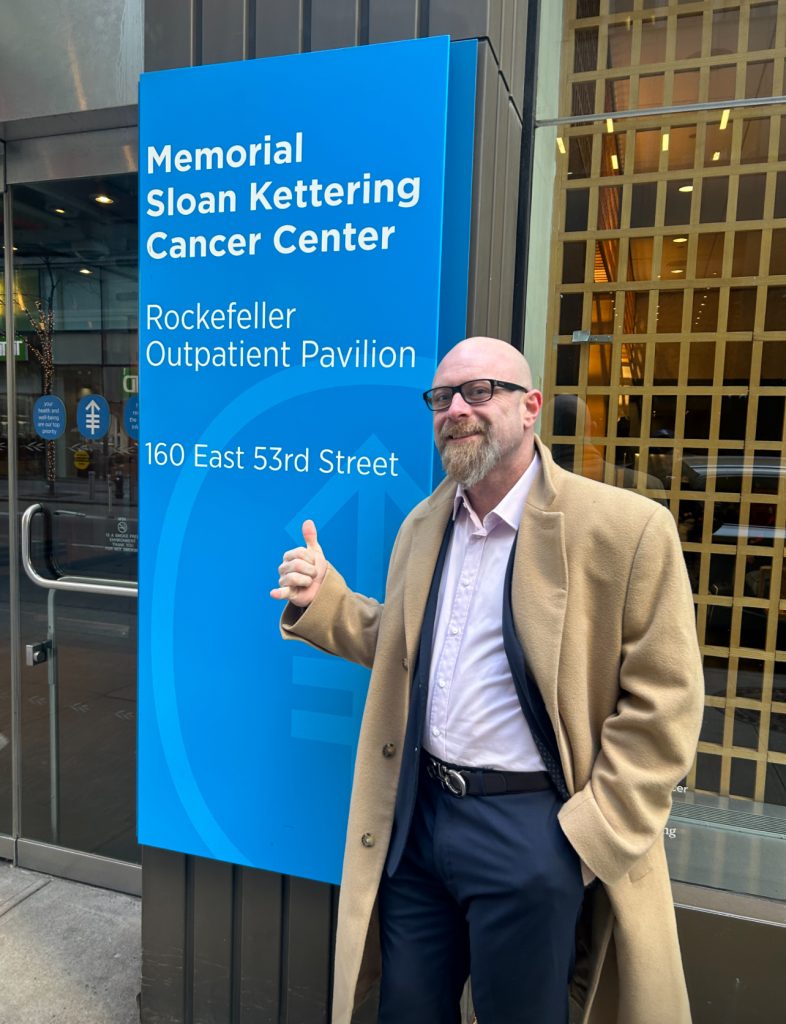 From March 2016 to September 2016, I was repeatedly visiting doctors to tell them that something was wrong with my body, but I wasn’t being taken seriously. I had blacked out three times in recent months; however, I had been in an accident three or four years prior where I had broken my back and neck, and had to relearn to walk. Every doctor I went to wrote off the blackouts as being post-concussion syndrome from my accident.
From March 2016 to September 2016, I was repeatedly visiting doctors to tell them that something was wrong with my body, but I wasn’t being taken seriously. I had blacked out three times in recent months; however, I had been in an accident three or four years prior where I had broken my back and neck, and had to relearn to walk. Every doctor I went to wrote off the blackouts as being post-concussion syndrome from my accident.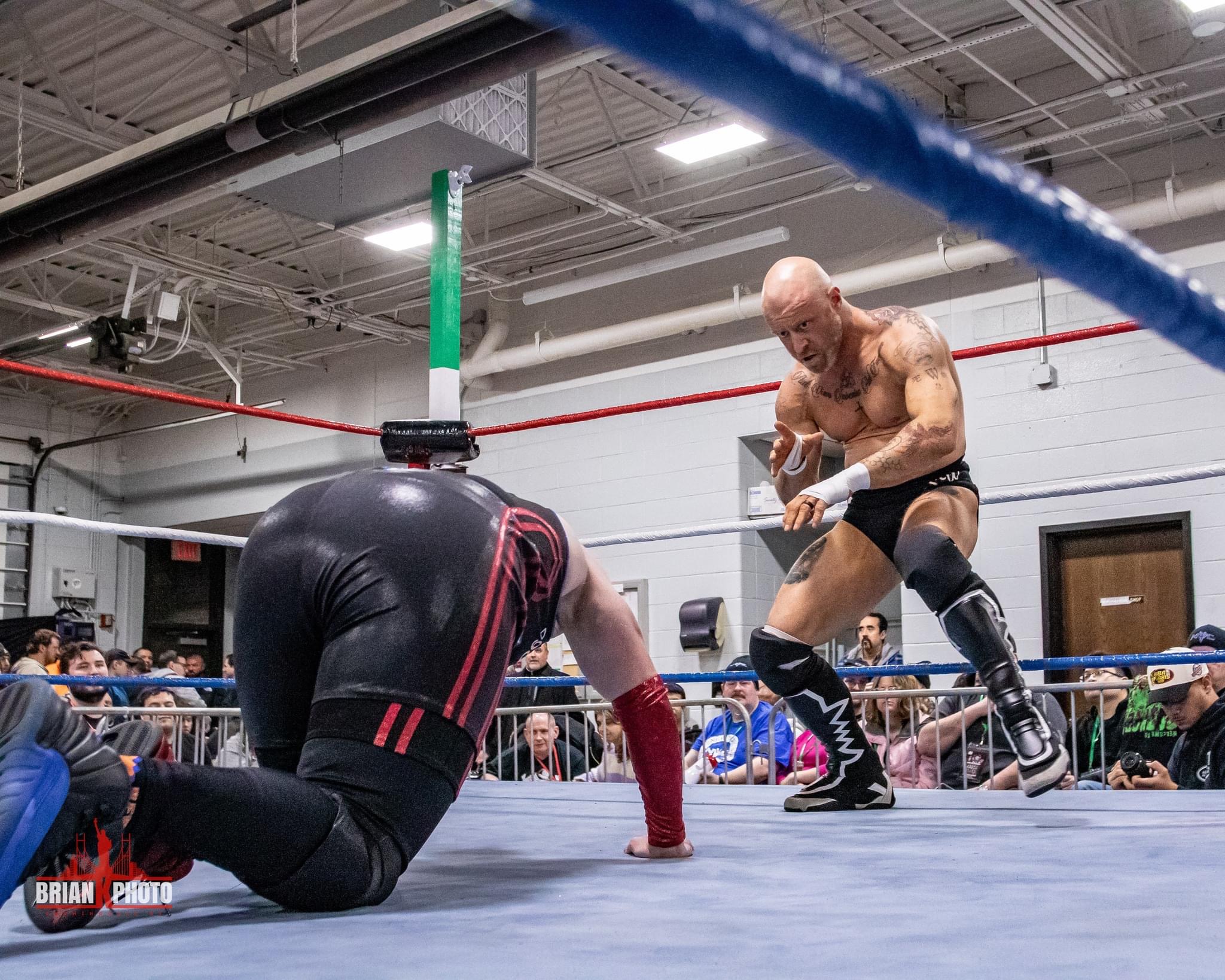

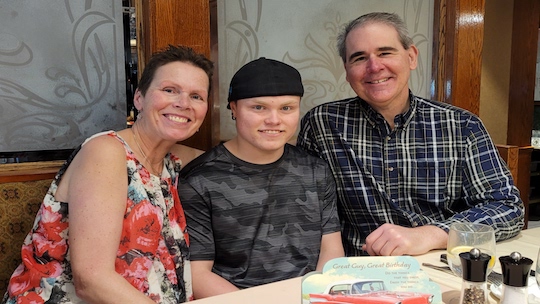
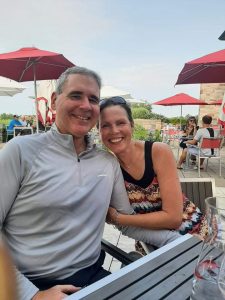 In November 2019, Steve discovered a scab-like growth on his scalp that he had not previously noticed due to its location. The spot at this point of discovery was already black and large, about the size of a two-dollar coin. After his dermatologist took a biopsy, the spot came back as melanoma that was too deep to be surgically removed. The melanoma had already moved into his lungs, making it stage 4. Steve was immediately referred to a hospital oncologist, and soon began receiving targeted pill therapy to which he had a dramatically positive response. By his next CT scan three months later, all of Steve’s melanoma lesions had vanished. Unfortunately, this treatment does not have a long duration of response, and it only worked for Steve for 14 months.
In November 2019, Steve discovered a scab-like growth on his scalp that he had not previously noticed due to its location. The spot at this point of discovery was already black and large, about the size of a two-dollar coin. After his dermatologist took a biopsy, the spot came back as melanoma that was too deep to be surgically removed. The melanoma had already moved into his lungs, making it stage 4. Steve was immediately referred to a hospital oncologist, and soon began receiving targeted pill therapy to which he had a dramatically positive response. By his next CT scan three months later, all of Steve’s melanoma lesions had vanished. Unfortunately, this treatment does not have a long duration of response, and it only worked for Steve for 14 months.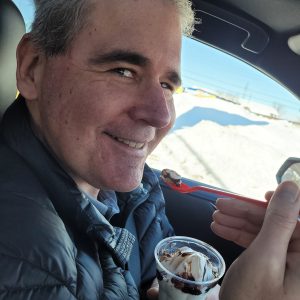
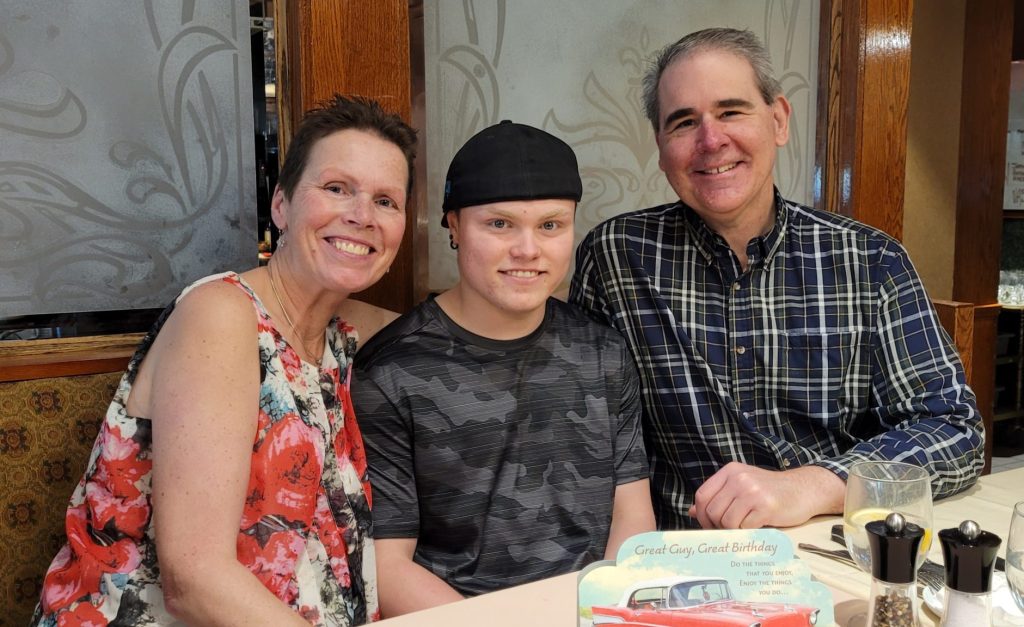
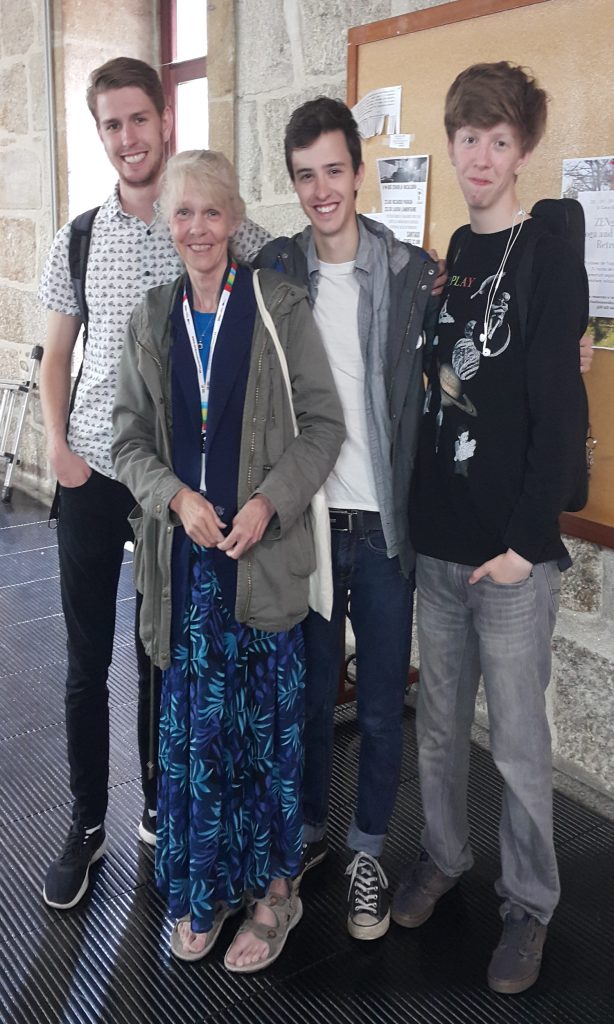 Regina, Saskatchewan
Regina, Saskatchewan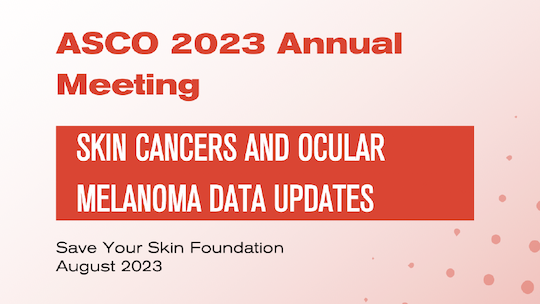
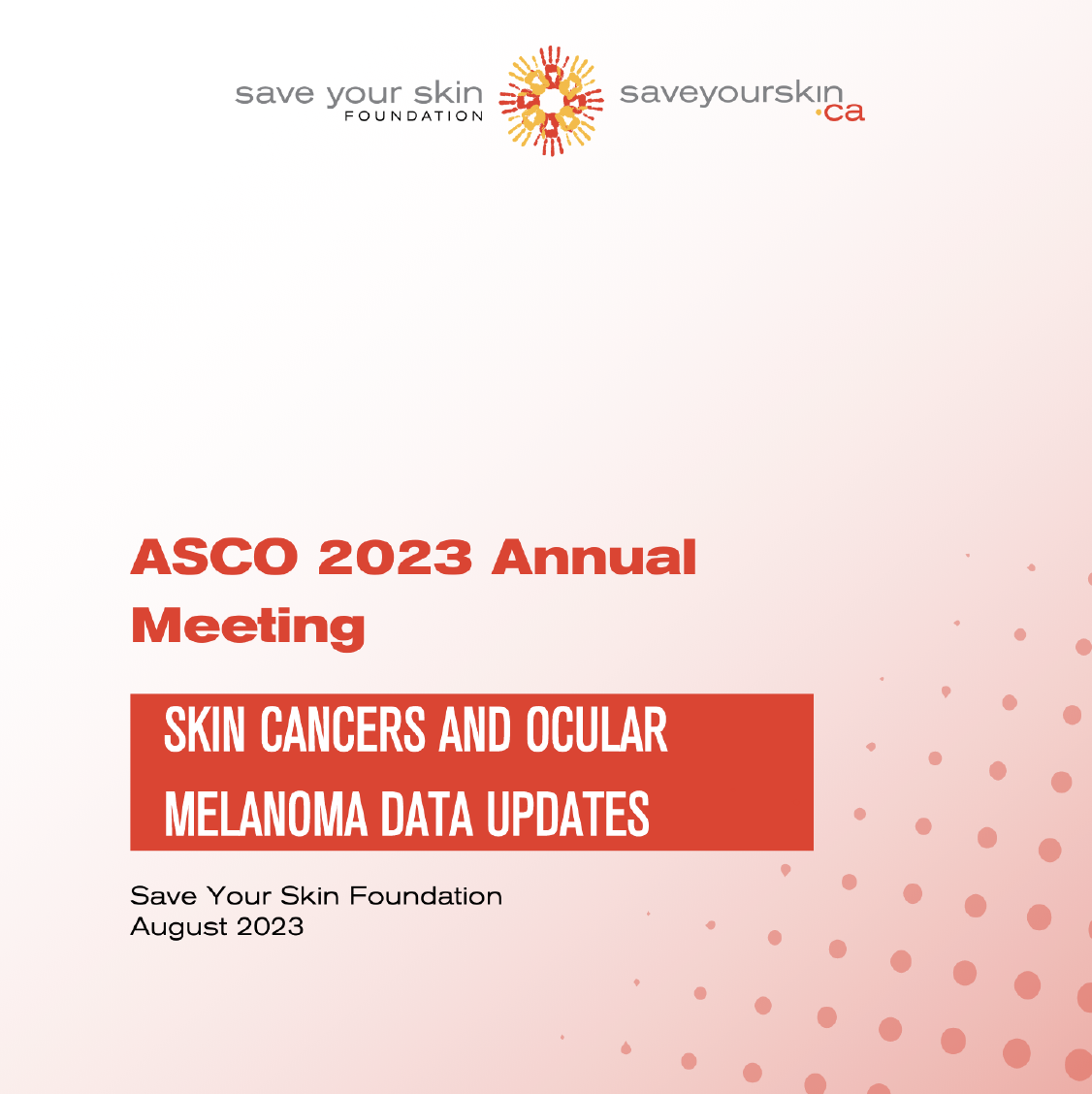
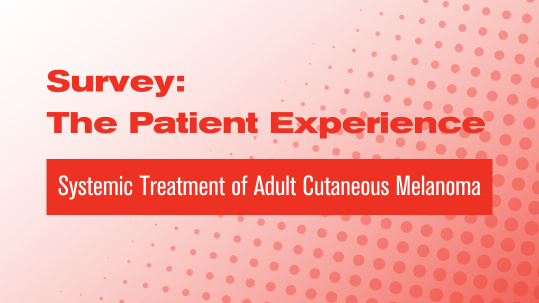
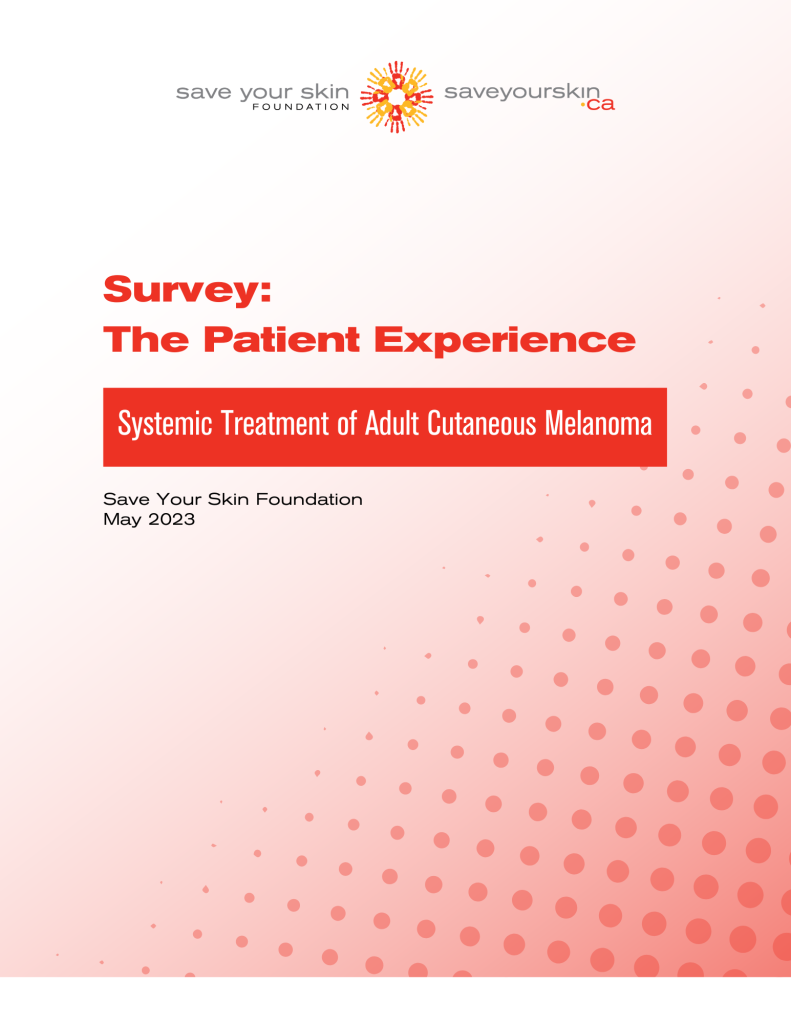

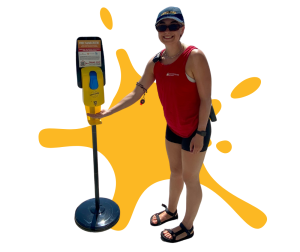 On June 1st, 2023, SYSF is launching 30 public sunscreen dispensers across five new Canadian municipalities. This is in addition to the 10 dispensers across five municipalities SYSF collaborated on in 2022 with medical student siblings Samuel and Karen Farag.
On June 1st, 2023, SYSF is launching 30 public sunscreen dispensers across five new Canadian municipalities. This is in addition to the 10 dispensers across five municipalities SYSF collaborated on in 2022 with medical student siblings Samuel and Karen Farag.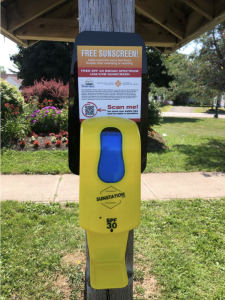
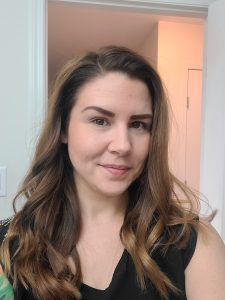 Winnipeg, Manitoba
Winnipeg, Manitoba